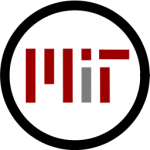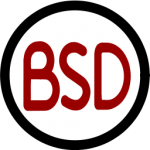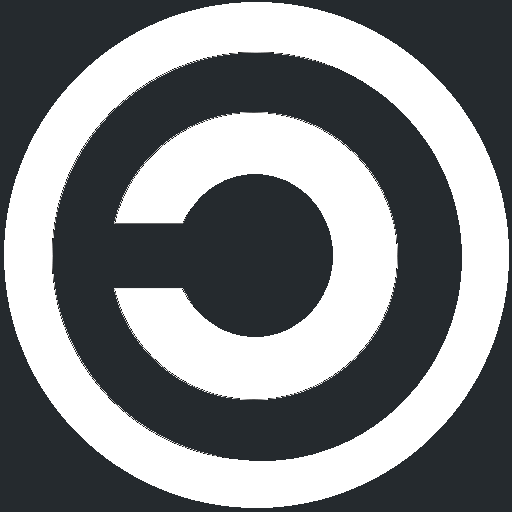Open source communities rely heavily on the ability to freely share information with all participants; this participation requires some form of legal protection to ensure the people involved are not on the receiving end of potentially disastrous litigation. Open licensing serves as a legal method for ensuring the spread of information by protecting participants.
This guide will ultimately serve as a resource on the various open licenses and how to choose the best license for your own projects. My goal is to provide detailed descriptions of each license and the types of projects they should be applied to.
Please note, this guide is currently under construction.
The Principles of Copyright
According to Article 1, Section 8, clause 8 of the United States Constitution, the purpose of copyright law is:
To promote the Progress of Science and useful Arts, by securing for limited Times to Authors and Inventors the exclusive Right to their respective Writings and Discoveries.
The theory behind this is that giving control over the use of an idea to the person that conceived it allows them to receive compensation for their work. This compensation encourages people to create new inventions and art. Eventually, all works end up in the public domain which is used as a repository of creations that future innovators, artists, and creators can draw from in their own works. I have covered this more extensively in an earlier article about patent law, and I don’t want to go to far into the mechanics of US copyright law in this article. If you are interested in learning more, you can find the official documentation here.
Copyleft vs. Copyright
In order to fully understand open licensing, it is necessary to understand the concept of copyleft and how it differs from copyright. In essence, where copyright protects creators from unauthorized copying of their work, copyleft protects the methods of distribution. In other words, copyleft licenses guarantee a person’s ability to distribute, modify and use the content under certain stipulations.
Typically, copyleft licenses require that any redistribution or modification of the content be shared under the same license, guaranteeing future availability. The various open licenses have different stipulations on how distribution must be carried out; this guide will cover each of these variances in detail.
The Copyright Problem
The primary benefit of copyright is it gradually builds up a public domain that all people can draw from for their own works. Without this system, individuals or companies would be encouraged to obfuscate the blueprints of their creations, since revealing these blueprints would allow anyone to replicate the work without giving credit or compensation to the creator. In theory, this sounds like a major benefit to society, but the problem arises when someone would like to make their content publicly available without putting it under copyright protection.
Currently, in the US there is no way to add something to the public domain without applying for copyright or patent protection. While someone could choose not to enforce their claims to copyright, there is no way to guarantee this, meaning the creator could choose at any time to pursue legal action against another person who is distributing copyrighted work. The Internet has reduced the need for the public domain greatly and this is where open licensing comes in.
The Traits of an Open License
There are three core components of an open license, each of which affect the way content must be shared.
- Attribution — Some licenses require that the original creator be credited along with the content. This can take the form of a caption under a picture that names the creator, hyperlinks to the source, or uses any official form of citation. This ensures that anyone who makes use of the content gives credit to the person who created the content while still allowing users to share the content freely.
- Commercial Use — Some licenses restrict a users ability to redistribute content for commercial purposes. Creators might use a license that prohibits commercial use to receive compensation when their product is used to make money.
- Derivative Works — Open licenses can be used to control the ability of another person to create a derivative, or modification, of the original creator’s work. This concept is straight-forward concerning music, art and video works, but has not been clearly defined for software modifications.
Choose Your License
Designers and creators should choose their license based on the nature of their work and how they would like the work to be distributed. There are five main licenses to choose from, and this guide will help you decide which is right for you. Please note, these links currently direct you to the text for each license; as this guide is completed these links will direct you towards a detailed breakdown of the use of these licenses.
 GNU General Public License (GPL)
GNU General Public License (GPL)
The GPL’s purpose is to “guarantee your freedom to share and change free software—to make sure the software is free for all its users“ and is the most widely used open license. This license was created by Richard Stallman, the founder of The Free Software Foundation.
MIT License
The MIT license is the shortest, yet most broad license of all the open licenses. It originated at the Massachusetts Institute of Technology and permits reuse within proprietary software so long as all copies of the software include the text of the license along with it. It is compatible with the GPL. Some notable applications that utilize this license are: Bitcoin, Ruby on Rails and JQuery.
BSD
BSD is a group of free software licenses that impose a minimal restriction on the redistribution of software. The 3-clause license is the most commonly used license in this family and is GPL compatible.
Apache License
The focus of the Apache license is to grant a selection of rights to users. This license can beapplied to both copyrights and patents and can be used to stipulate how content is distributed, how individuals and corporations can make contributions and how communities can be granted access to existing projects.
Creative Commons
The Creative Commons license can be adapted according to the desires of the creator to stipulate how content can be shared. It gives control over attribution, commercial use and derivative works. It requires anything generated under Creative Commons to be distributed under the same license. It is the only license of this group applicable to media of any type including videos, graphic art, music, publications and software. This website is licensed under the Creative Commons 4.0 license which can be viewed at the bottom of the page.
A License of Every Flavor
There are a few more considerations that should be made when choosing an open license, including: the desired extent of community involvement, whether you plan to develop a business model that utilizes open source work or if there are different components that might need different licenses. As this guide has made apparent, choosing an open license can be a relatively complex process; as this is completed, I hope to make this process clear. The license you choose for an open source project can have major effects on how the work is shared, and it is very important to choose one that adequately supports the community and the goals of the project.
Image Credits: Wikimedia Commons, Wikimedia Commons, Wikimedia Commons, Wikimedia Commons, Wikimedia Commons, Wikimedia Commons


